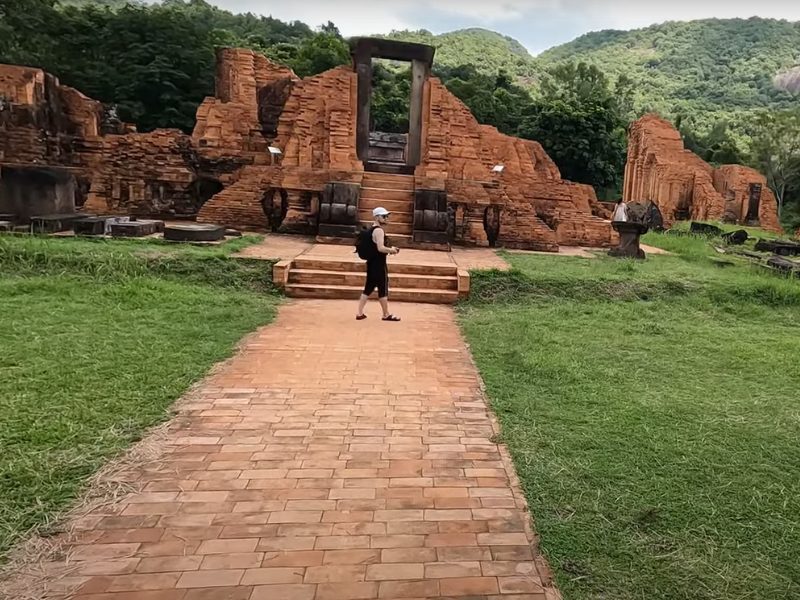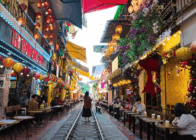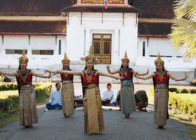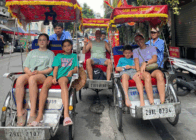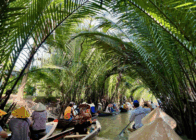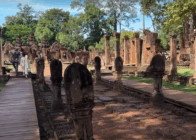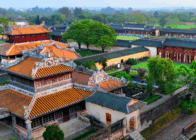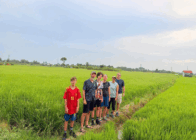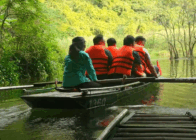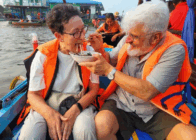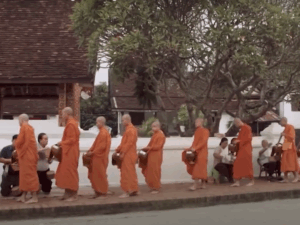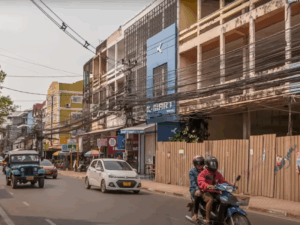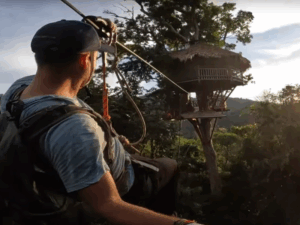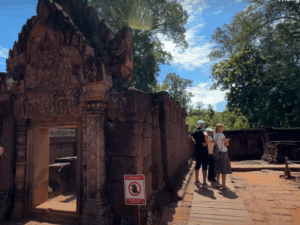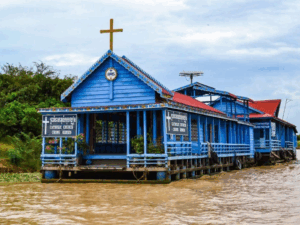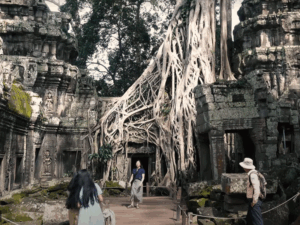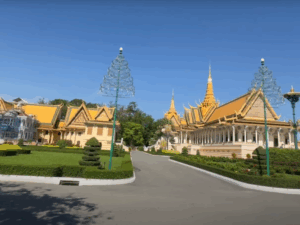Vietnam is a land of myriad wonders and is considered one of the most fascinating travel destinations for its natural beauty and architectural heritage. One of the most remarkable places to visit in Vietnam is My Son Sanctuary, which is a cluster of abandoned and partially ruined Hindu temples constructed between the 4th and 14th centuries CE. This UNESCO World Heritage site located on the outskirts of Hoi An is an essential stop on any traveler’s itinerary. The sanctuary is not only a testament to the rich cultural heritage of Vietnam but also a fascinating glimpse into the country’s religious and architectural past.
History of My Son Sanctuary: The history of My Son Sanctuary dates back to the 4th century CE, when the Champa Kingdom ruled central Vietnam. The Champa Kingdom was Hindu, and so the temples were built as a place of worship for their religion. Over the centuries, many dynasties ruled over Vietnam, including the Nguyen Dynasty, who destroyed the sanctuary during their reign. Later, in the 20th century, during the Vietnam War, the sanctuary suffered bombings and destruction. Despite this tumultuous history, what remains of the sanctuary today is remarkable, with many structures still standing and the walls of others still retaining intricate carvings and sculptures.
Architecture of the Sanctuary: The architecture of the My Son Sanctuary is a beautiful blend of Hindu and Cham elements that reflect the cultural and religious traditions of the Champa Kingdom. The temples are made of red bricks that have distinctive carvings on them, depicting scenes from Hindu mythology. Each temple has a unique layout and design, with the main hall usually containing the deities and smaller rooms for worship or other rituals. The layout and intricate carvings of the temple signify the religious importance of the sanctuary to the Cham people.
Touring the Sanctuary: Visitors who want to explore the sanctuary can opt for organized tours, which often include a guide who provides detailed explanations of the history and architecture of the temples. The main area of the sanctuary is quite small, so it is easy to explore, but walking around the entire area can take a few hours. Visitors can see the various temples, including the Main Sanctuary, the Tower with Porch, the Brick Sanctuary, and the Temple of the Falling Water.
Best time to visit: The best time to visit My Son Sanctuary is in the morning when the weather is milder, and the temples are less crowded. It is best to avoid visiting during the peak tourist season, which is from June to August, as it can be hot and humid. The sanctuary is open every day from 6 am to 5 pm, but it is advisable to check the official website of the sanctuary for any updates before planning a visit.
My Son Sanctuary is one of the most fascinating and culturally significant sites in Vietnam. Its rich history and intricate architecture make it a must-visit destination for any traveler looking to explore the country’s religious and architectural heritage. The sanctuary is a jewel in Vietnam’s crown, and it reminds us of how the ancient past has helped shape the country’s cultural identity. A visit to this UNESCO World Heritage site is an experience that will stay with you for a long time.
- The Best Exotic Vietnam – 16 Days / 15 Nights (75 views)
- Uncover Cambodia’s Hidden Charms 6 Days / 5 Nights (69 views)
- Top Vietnam Tour Operators – The Ultimate Guide to the Best Tour Companies for Vietnam (37 views)
- Seamless Cruise: Halong Bay to Da Nang – Fostering smooth travel experience from Halong Bay to Da Nang. (36 views)
- Vietnam Culinary Tour: Your Definitive Guide to a Food Lover’s Journey (34 views)

